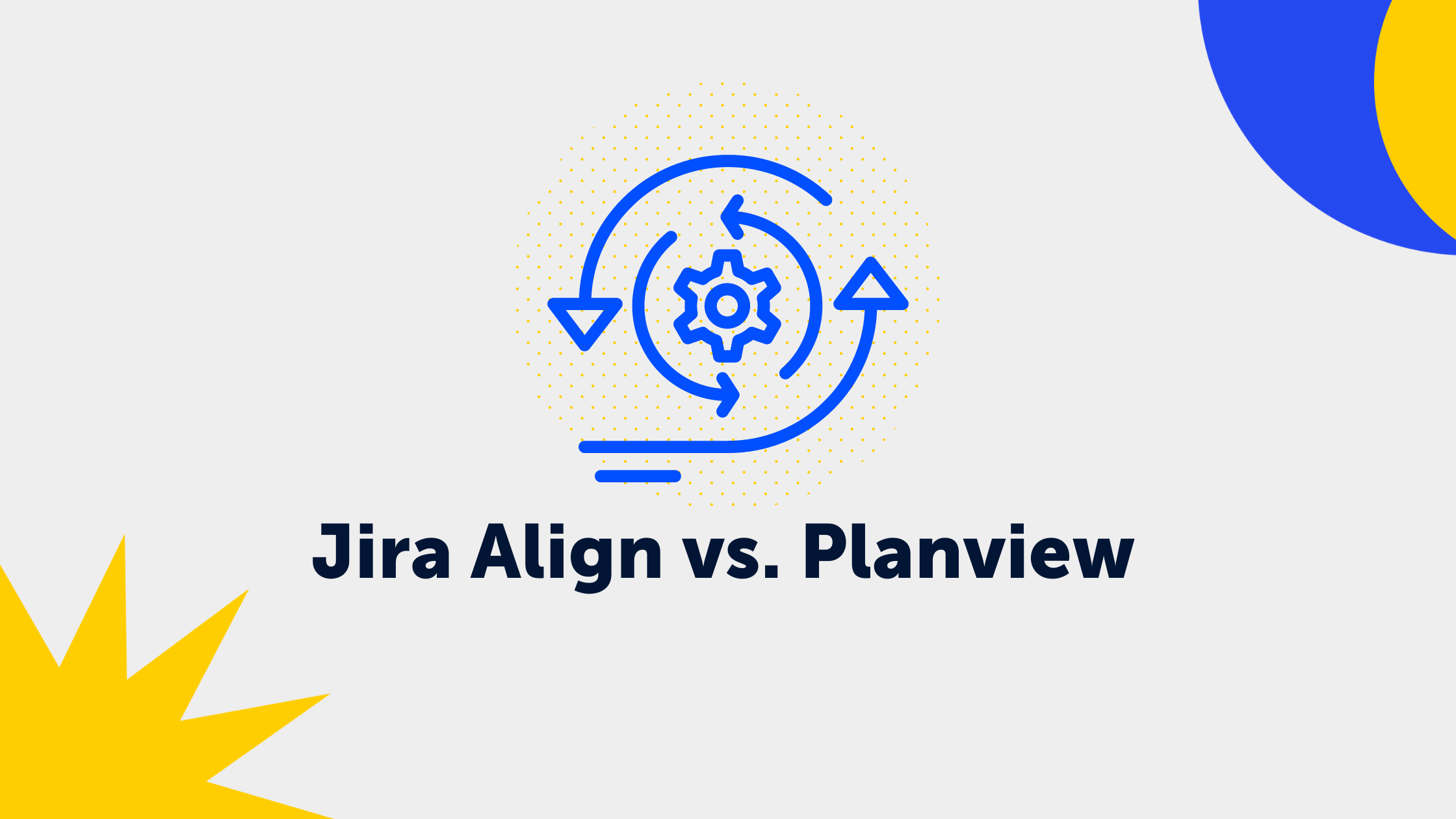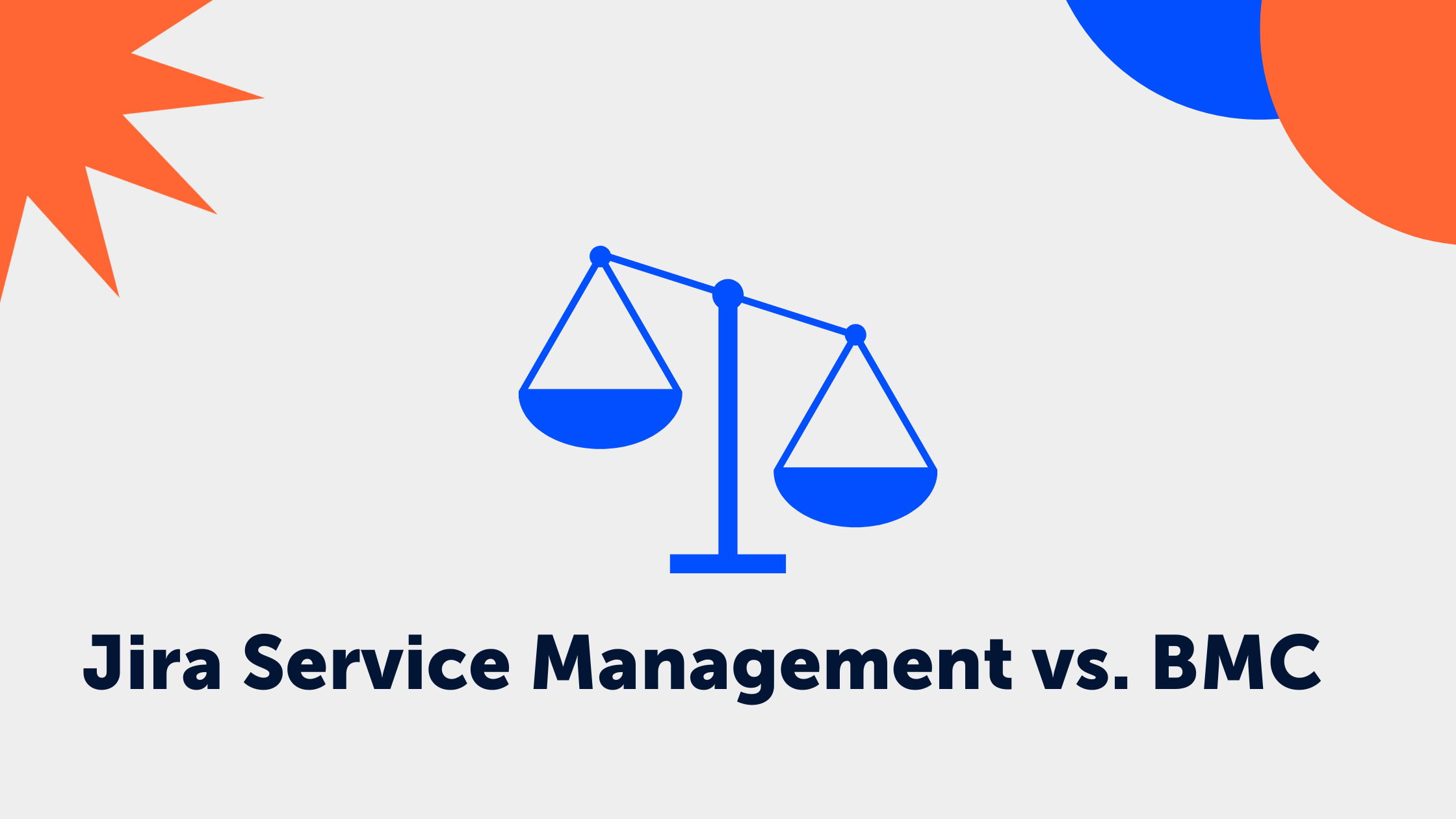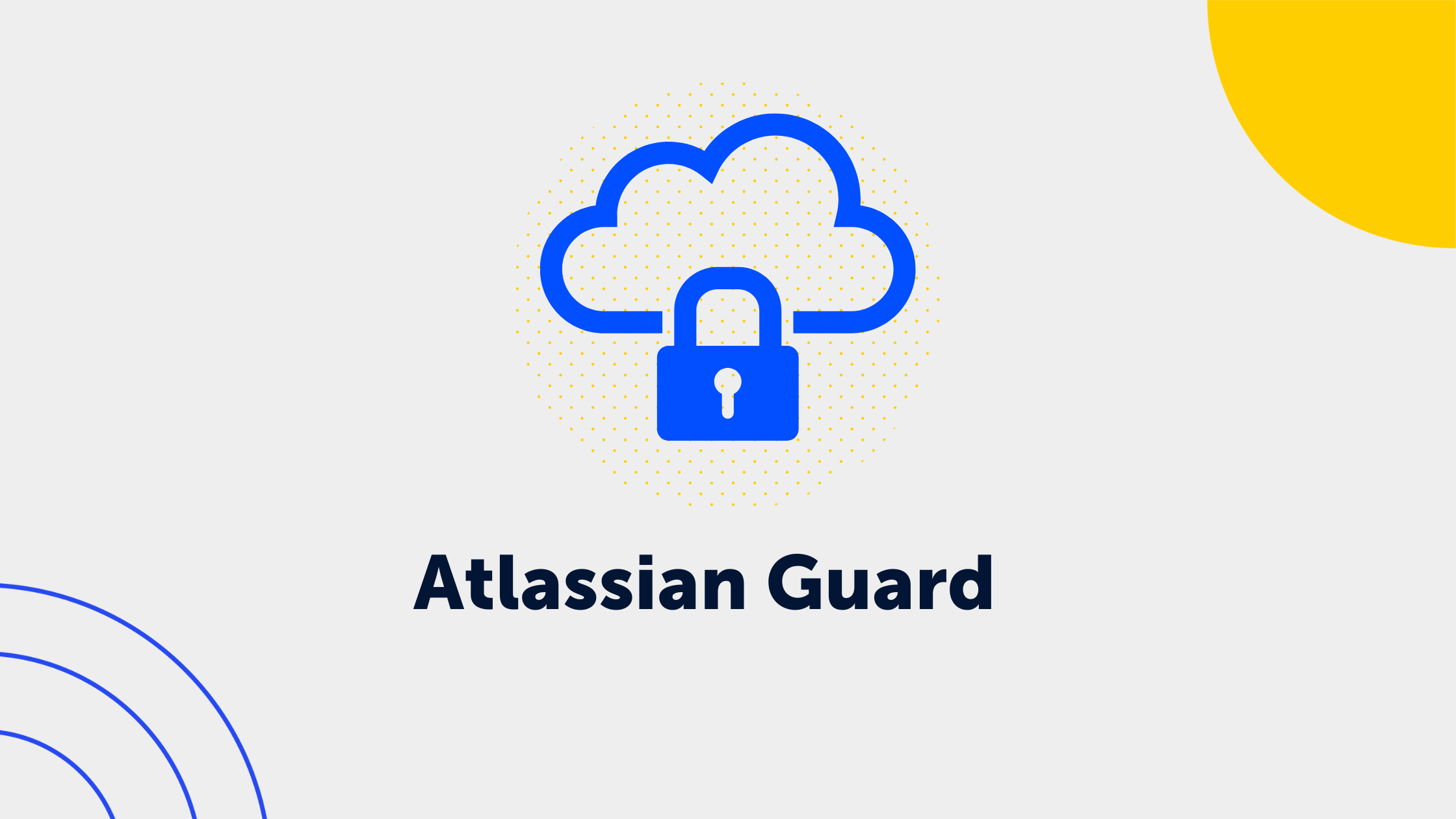2 min read
Better meeting notes for innovative collaboration
 Alma Dizdaric
:
Oct 28, 2021 11:53:00 AM
Alma Dizdaric
:
Oct 28, 2021 11:53:00 AM
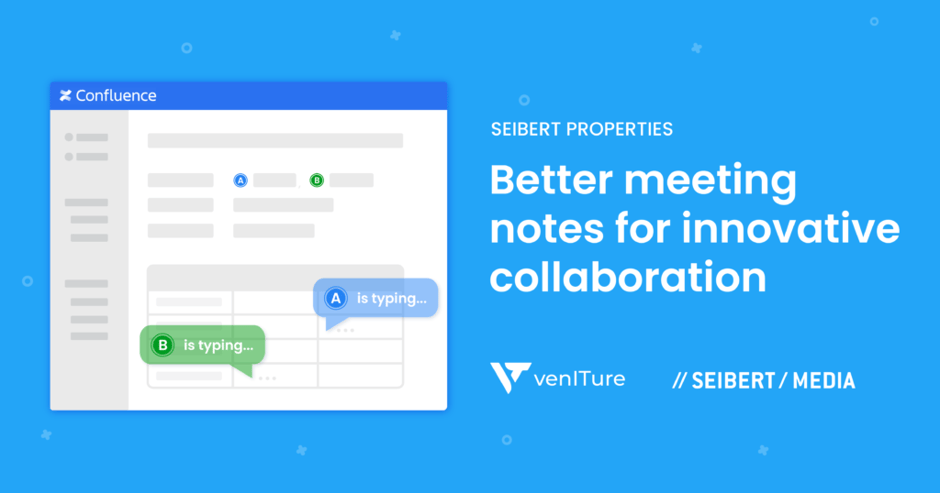 When you undertake a project in Confluence, proper documentation is important. For instance, the meeting notes you record. Let’s walk through a number of key benefits of using advanced templates for your meetings.
When you undertake a project in Confluence, proper documentation is important. For instance, the meeting notes you record. Let’s walk through a number of key benefits of using advanced templates for your meetings.
Anyone with experience using Atlassian’s Confluence will be well aware of the breadth and depth of tools and functionality it offers: dynamic page creation options, spaces for each department or team, real-time collaborative editing—the list goes on and on. Atlassian's Confluence Cloud offers a completely new user interface, which can confuse many users from the beginning. So how can we improve the productivity of all team members? Let's start with simple Meeting Notes and the use of Properties.
Create consistency
Jared took meeting notes in February, while Anna took over in March but seems to have missed a lot of information, and Diego was the scribe in April, and you’re not quite certain what happened in any of the meetings that month or if they even took place.
Diego is no longer taking meeting notes.
You see the issues here: multiple team members transcribing the important details of your meetings without any sort of template or rules to follow. Part of Confluence’s power is it allows teams to develop their own styles and structures while managing their projects and the important details of those projects. That includes meetings.
When you start with a blank slate, there can be the tendency to either get too detailed or not detailed enough because you’re staring into the void. Nevertheless, there is certain information that belongs on every page. And such information should not be forgotten. Especially if the various pieces of information are to be utilized later in a meaningful way.
Add Properties to your Confluence pages
To avoid the above-mentioned obstacles, Confluence offers the possibility to provide the page with properties. There are certain key properties that are essential for most projects and pages. These help tell you what’s happening, who’s responsible, and when it’s due (or just about anything else you need to know about a page).
You can also add customizable properties to the pages for more context. This helps you and your team organize information so that it’s immediately actionable.
In the case of our Meeting Notes, you have the ability to document important information about your meetings and record it in properties on the site.
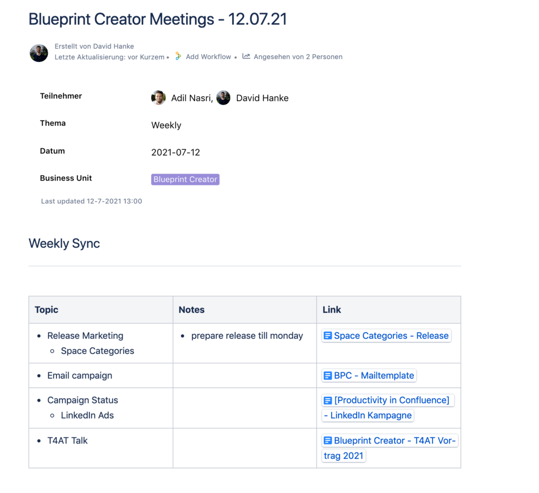
Sort, Filter, Find, Rinse, Repeat
No one wants to read through individual meeting notes or scroll endlessly through rows and rows of text to find the one topic they are searching for.
A good option is therefore to create an automatically generating list where you can quickly see all the topics at a glance and filteron multiple criteria: Are you looking for all the Retrospectives that took place in April, or do you need to see which meetings Adil participated in last month? Or both?
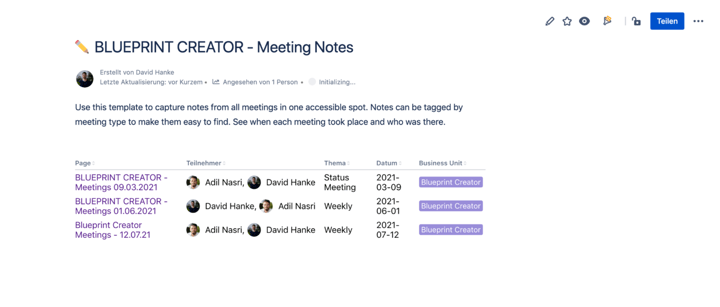
While extensive and in-depth detail in your meeting notes is powerful, it can also be overwhelming. This is where having an overview becomes invaluable. Overview pages show all the meeting notes created using each respective template. This gives you the ability to search and filter by different criteria.
Properties for Confluence Cloud
Integrate all the functionality of properties into Confluence Cloud using our new app. Create property groups and integrate them with your Confluence pages. Create reports automatically and cross-reference properties in clear overviews that don't require any configuration.
Properties is now available for free in the Atlassian Marketplace. If you have any questions or need support while setting up the app, we are always here to help. We are also happy to support you in optimizing your Confluence structure if required.
